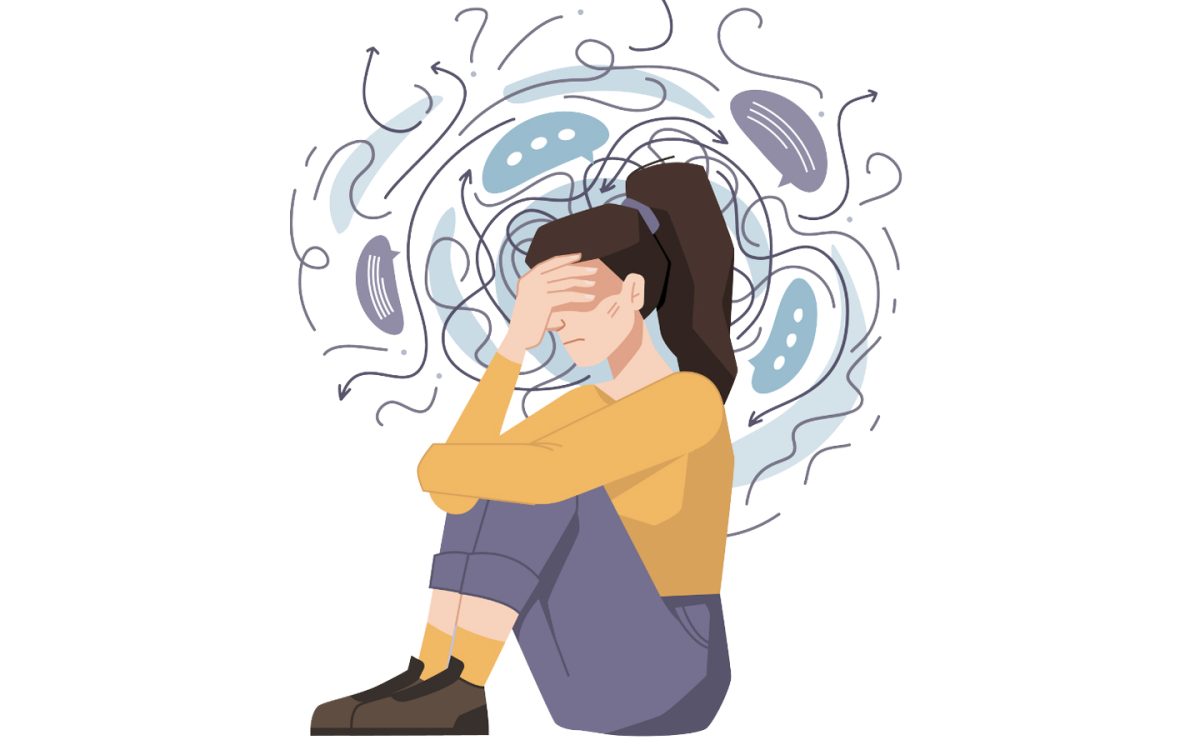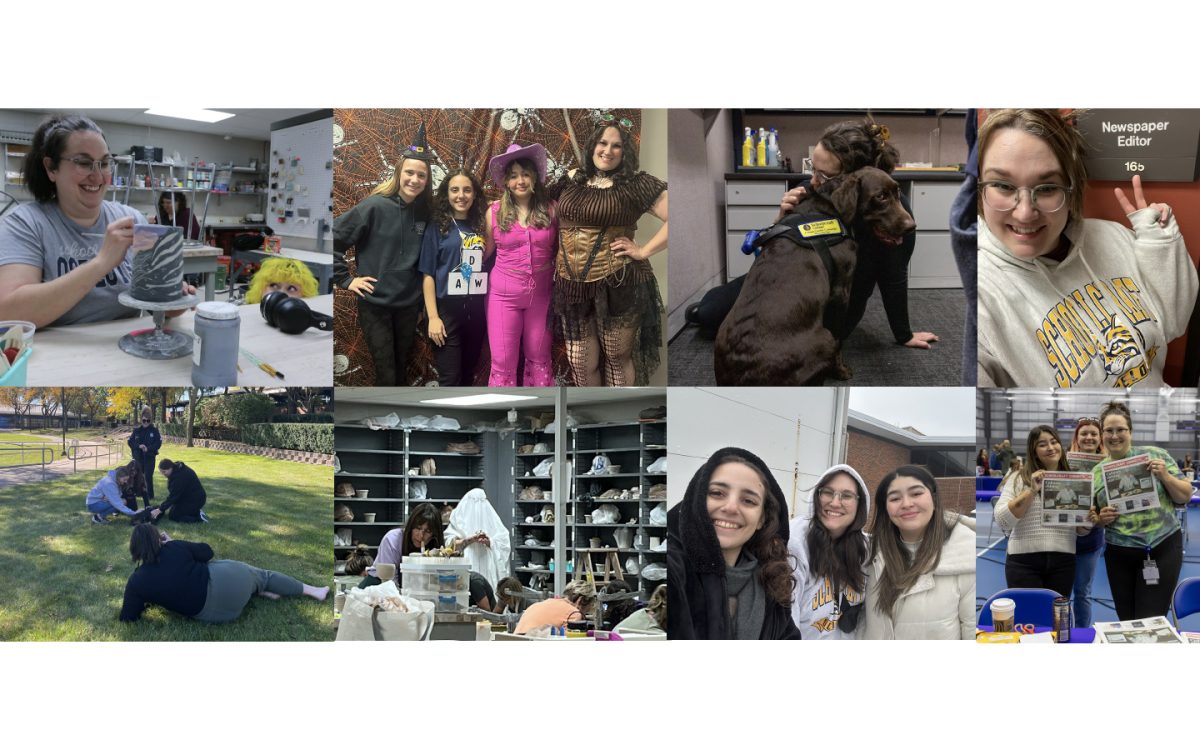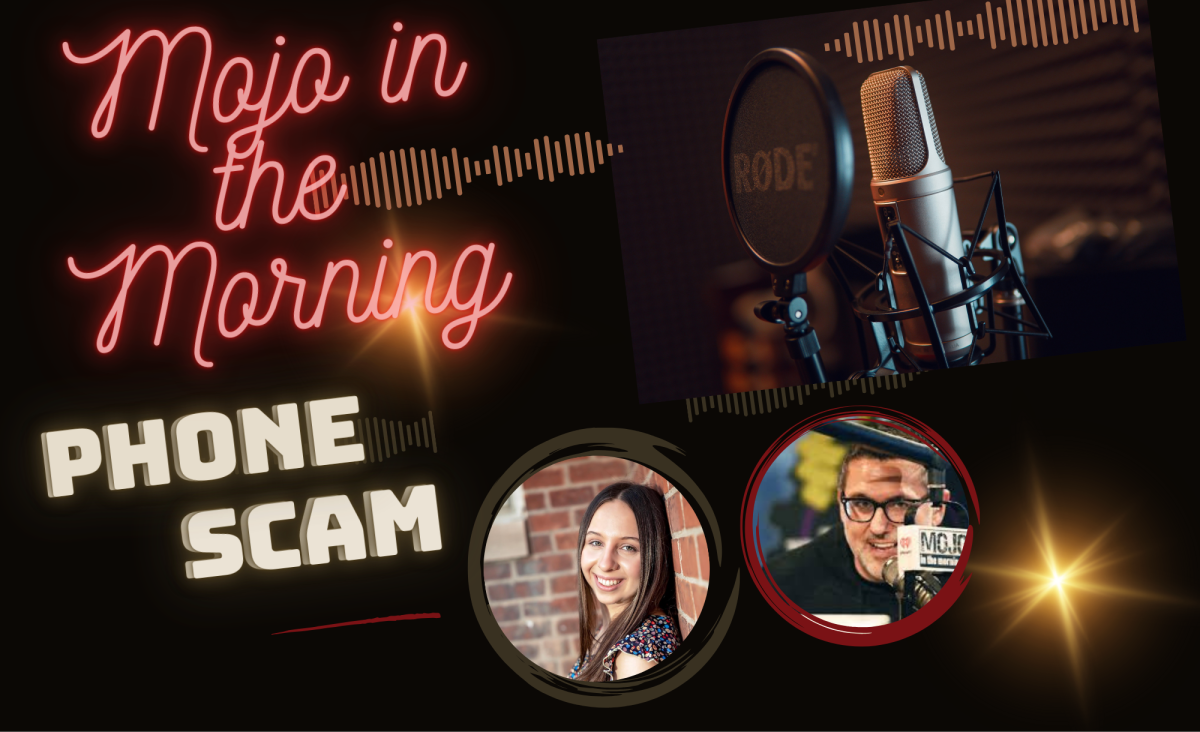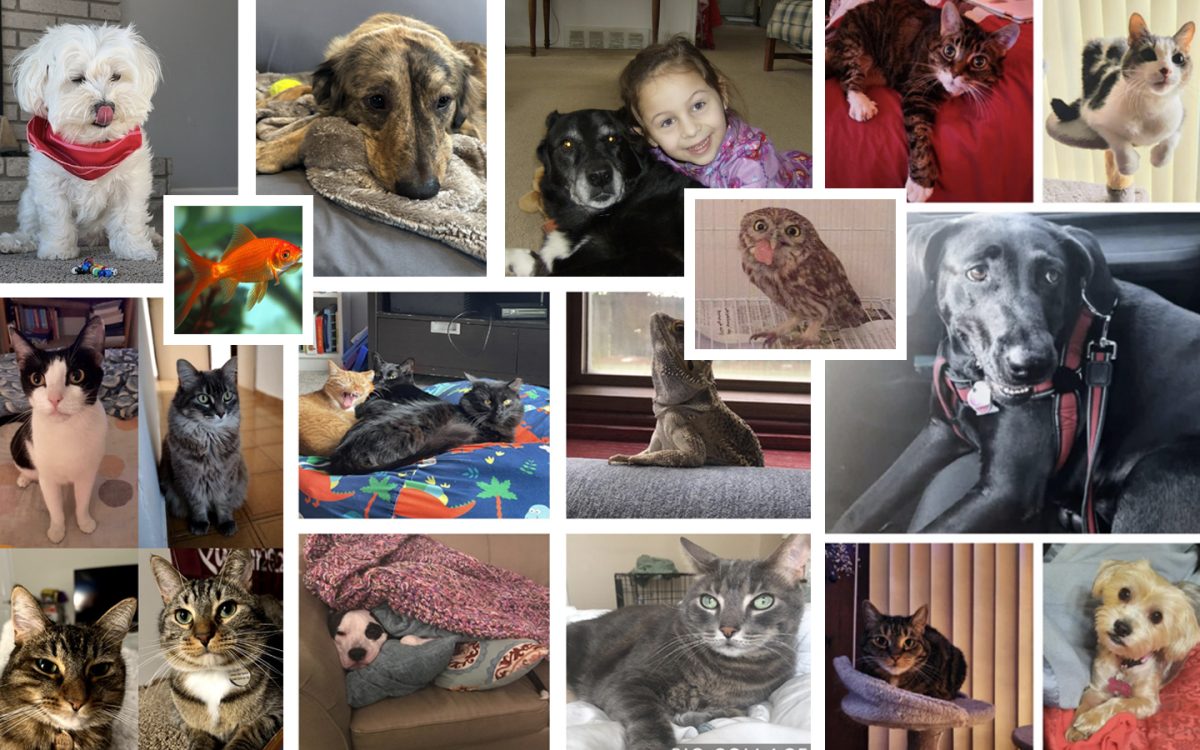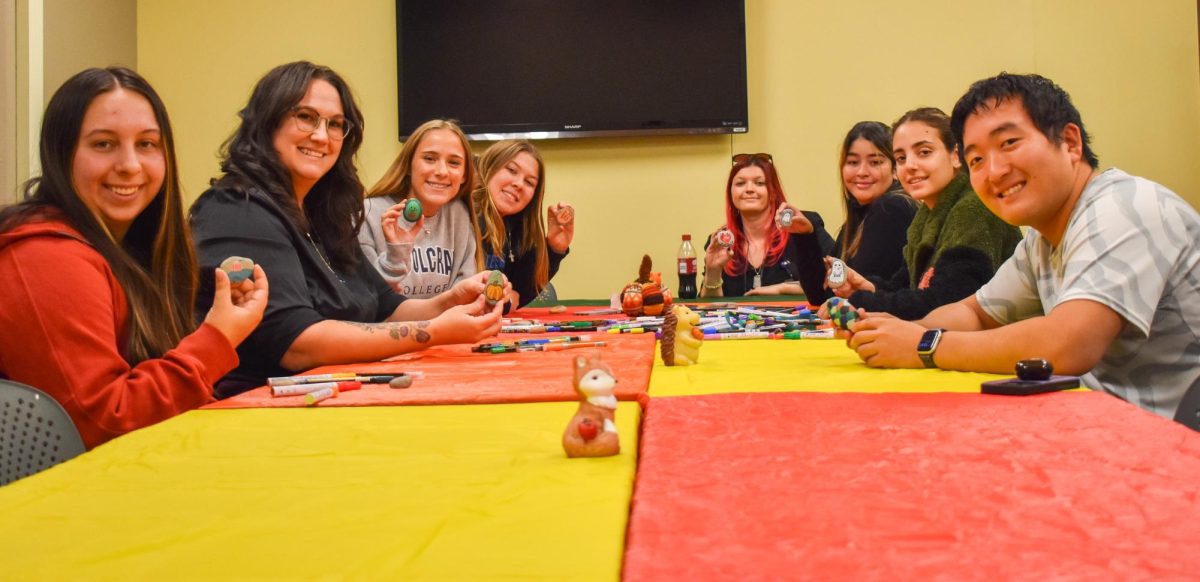We are in the depths of winter where loneliness and depression rates increase drastically. It is normal for many people to go through periods of time where they feel depressed and not themselves. I have experienced that myself. For most people these changes in mood don’t develop into larger problems but for a percentage it can.
Prolonged bouts of changes in behavior, emotions and thoughts can indicate serious mental health disorders like depression. One of the most common types of depression is called seasonal affective disorder (SAD). It can happen during all seasons of the year but most commonly in the fall or winter.
Winter pattern SAD is characterized by shorter days and less daylight setting off a chemical change in the brain that leads to symptoms of depression.
There are four different ways that medical professionals recommend to combat SAD. These include: lightbox therapy, psychotherapy, antidepressant medication, and vitamin D.
Lightbox therapy
Since the 1980’s, one of the most recommended treatments for SAD is lightbox therapy with a ott lamp. Which is a lamp that mimics natural light and has at least 10,000 lux capacity. It is recommended to sit in front of this lamp for between 30-45 minutes, usually first thing in the morning until spring. People with light sensitivity issues may need to use a different treatment under medical supervision. I have never used lightbox therapy but my mother swears by it.
Psychotherapy
Psychotherapy (also known as talk therapy) can help people with SAD by teaching them new ways of thinking and behaving and changing habits that contribute more to depression. Typically this goes hand in hand with a subset of psychotherapy called cognitive behavioral therapy (CBT). CBT is a type of psychotherapy aimed at helping people learn to challenge and change certain thoughts and behaviors that could contribute to the problem at hand and improve their depressed and anxious feelings. CBT combined with lightbox therapy is some of the most effective ways to treat SAD.
As someone who has tried many different types of CBT. My favorites are consistent exercise and journaling.
Consistent exercise is really important during the winter months when you are getting out less and less. But it doesn’t have to be incredibly strenuous and should be something you enjoy. I personally enjoy walking outside or walking on the treadmill with music blaring in my ears to cheer me on.
In terms of journaling I love to discuss the best things that happen to me and the worst things that happen to me. This gets it off my chest and allows me to reflect on the good in life as well as the bad. I have found that profound kindness to yourself in writing helps with profound kindness to yourself everyday.
Antidepressant Medication
In extreme causes of SAD it is recommended to get professional help. Some of that help includes antidepressants. Antidepressants work by changing either how your brain either produces chemicals or interacts with them. This can stabilize your mood, depending on the antidepressant there can be some side effects like: nausea, vomiting, weight gain, dizziness, trouble sleeping, and suicidal thoughts or behaviors. Call your doctor immediately if experiencing any symptoms like the ones listed above.
Vitamin D
Many people with winter pattern SAD have a vitamin D deficiency. However, always consult a medical professional before deciding to take supplements. Vitamin D can interact with some medications.
Overall, there’s many more things to try and what worked for me might not work for you. For example, you might not enjoy journaling and might prefer knitting instead. It really depends on you and the lifestyle you want to live.
Lastly, if you or someone you know is suffering from SAD or other serious types of depression call the National Depression Hotline: (866) 629-4564.



